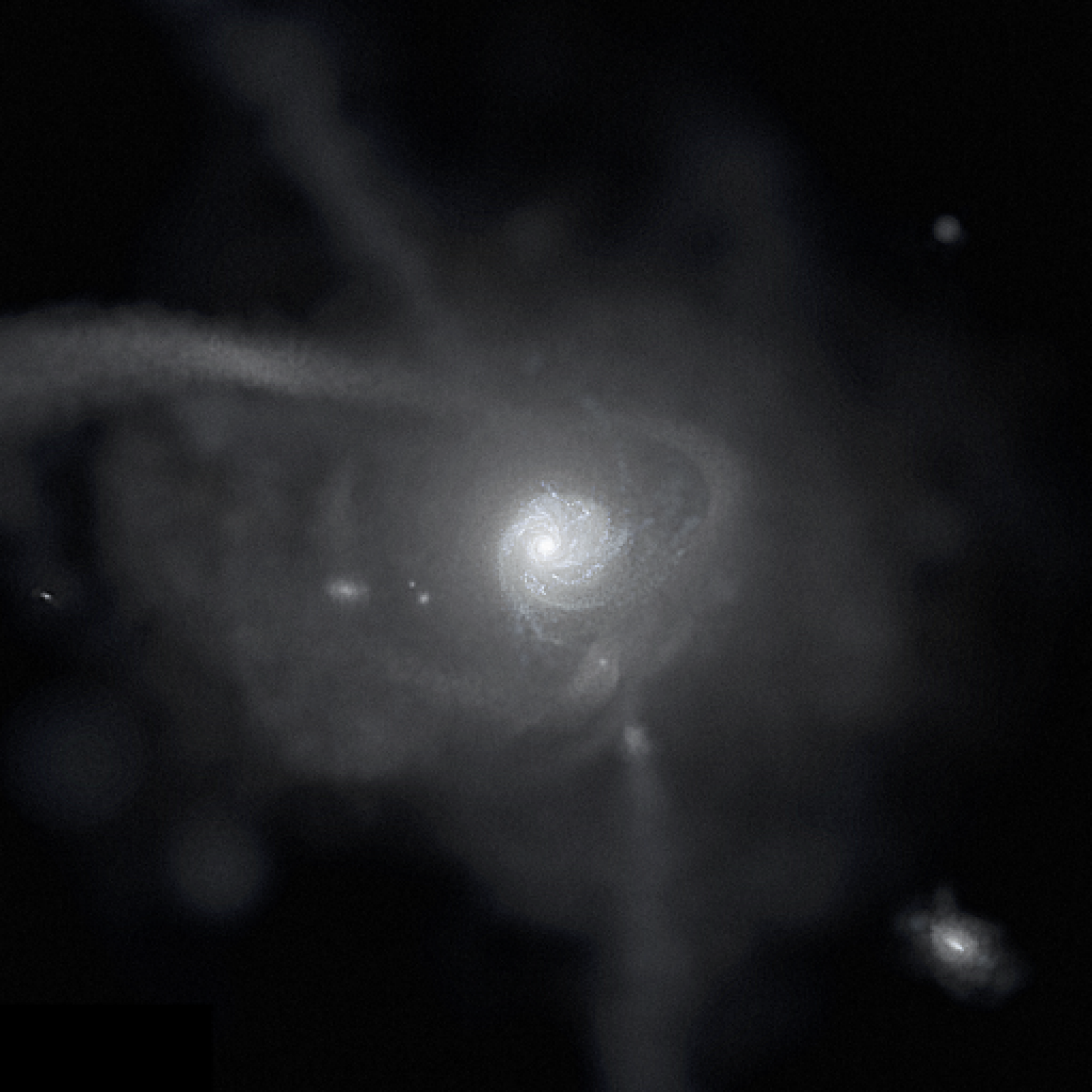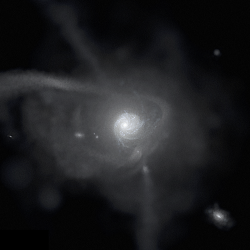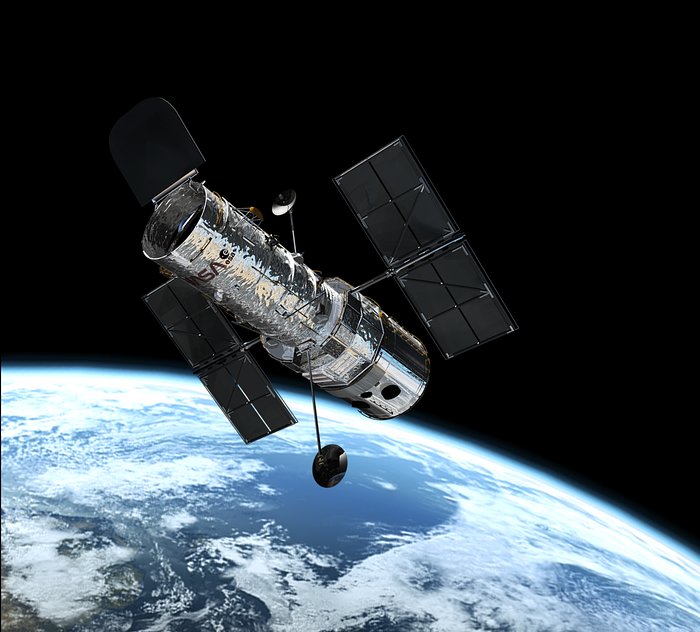Together with PI Dan Weisz and co-PI Nitya Kallivayalil, I am co-leading the M31-6D Survey, a Hubble Space Telescope (HST) Treasury Program of 244 orbits for Tracing the 6-D Orbital and Formation History of the Complete M31 Satellite System. This HST survey is providing the initial baselines for measuring proper-motion (across the sky) velocities, stellar populations, and star-formation histories for all of the known satellite galaxies around Andromeda (M31) that do not have them. We will measure the orbital motions of these satellites as they move across the sky over the next decade, to complete their full 6-dimensional orbital phase-space measurements. Our key science goals are:
- Understand the effect of the M31 halo environment on the evolution of low-mass galaxies
- Use the stellar populations of low-mass galaxies to probes of the epoch of reionization
- Dynamically measure the mass profile of M31’s dark-matter halo
- Test planar associations of satellite galaxies
Dan Weisz, Nitya Kallivayalil, and I are joined by co-investigators:
Jay Anderson, Gurtina Besla, Mike Boylan-Kolchin, Tom Brown, James Bullock, Andrew Cole, Michelle Collins, Mike Cooper, Alis Deason, Andrew Dolphin, Aaron Dotter, Mark Fardal, Annette Ferguson, Tobias Fritz, Marla Geha, Karoline Gilbert, Raja Guhathakurta, Rodrigo Ibata, Michael Irwin, Myoungwon Jeon, Evan Kirby, Geraint Lewis, Dougal Mackey, Steve Majewski, Nicholas Martin, Alan McConnachie, Ekta Patel, Mike Rich, Josh Simon, Evan Skillman, Tony Sohn, Erik Tollerud, Roeland van der Marel
My group at UC Davis is leading the dynamical modeling component of this program, using our Latte suite of FIRE-2 simulations to build cosmologically informed models for the full orbital histories across cosmic time for each of the satellite galaxies around Andromeda (M31).
Combined with our existing HST Treasury Program to measure proper motions for all of the satellite galaxies of the Milky Way, we will provide proper motions for all known satellite galaxies across the Local Group.


